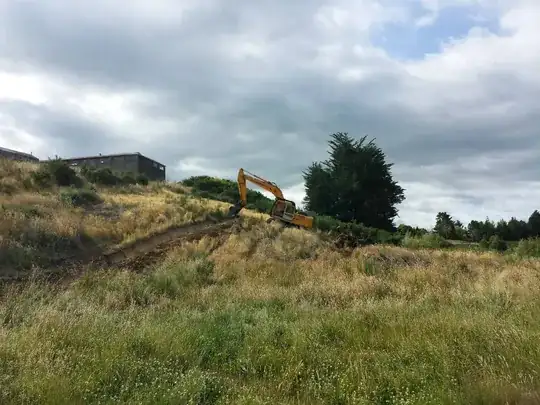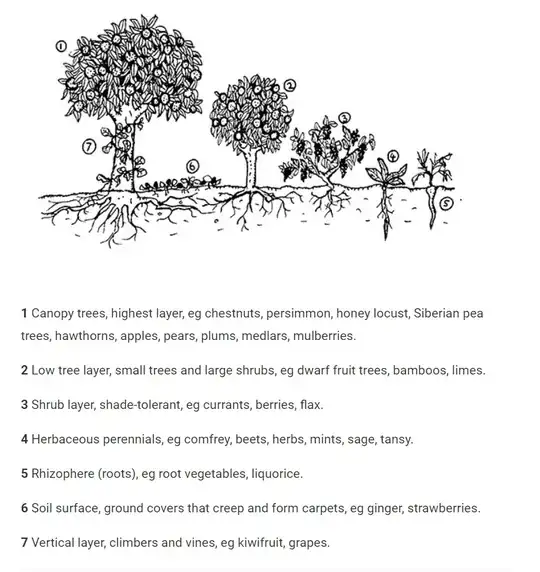If I were you I would focus on the immediate property next to your home. I would definitely leave the 'natural' biome alone for now. There are animals and plants and insects that have been living in and on your property for centuries? It would be a shame to go and bull dose all those slopes and cause major erosion, decimation of habitat.
Get to know your property before making big decisions about change. A lawn would be very ostentatious and will cost lots of money for upkeep.
A better solution would be to seed with pasture grasses, or rather to promote one of your grasses to be a primary denizen. I'd promote one of the clump grasses, the tallest or find a species similar to what is already loving your land. Blowing grasses are beautiful, only need to be cut down once per year. Talk to a grass seeding company. They would know and spray grasses that thrive in your area.
A lawn would be high high maintenance and would replace all the habitat now enjoyed by little guys and gals who would have to find another home. Would you install automatic irrigation? Has to be done for lawns until lawn is established. Fertilizer 3 or 4 times per year, aeration...a lawn is a creature that needs to be taken care of.
Once you've decided to change your land you will be the one in charge and responsible for all failure and paying the bill. Right now, your land is protected from erosion and all the animals, insects, plants are in harmony. It is easier and more successful to 'go with the flow'. I always tell people to live with their land at least one year if not more before they try to change the land, soil, plants, animal life drastically.
A successful home and landscape is one that nestles into the land and is hard to tell where humans have changed the environment and where the natural landscape begins.
New Zealand biomes
Gorse has become an important habitat in New Zealand. Missionaries brought it there and life developed around and within Gorse. Easy to 'mow' to keep in check, once per year. Grass meadows are breathtaking. All it takes is tweaking the seeding and fertilizing a bit to promote the longer grasses. Beautiful and you wouldn't have to be 'terraforming' your land. I would caution you from trying to make your bit of land different from all other parcels in the same area.
Food forest? There is a problem with those two words. Food for humans doesn't not grow in any forest. Permaculture means humans creating some sort of a permanent botanical/soil ecosystem that frankly is completely out of our realm...unless you want to expend lots of bucks on something totally unnatural.
The best thing you could do is live with your property for a year or two before landscaping.
 (the grass is actually much higher now as the photo is 1 year old)
(the grass is actually much higher now as the photo is 1 year old)